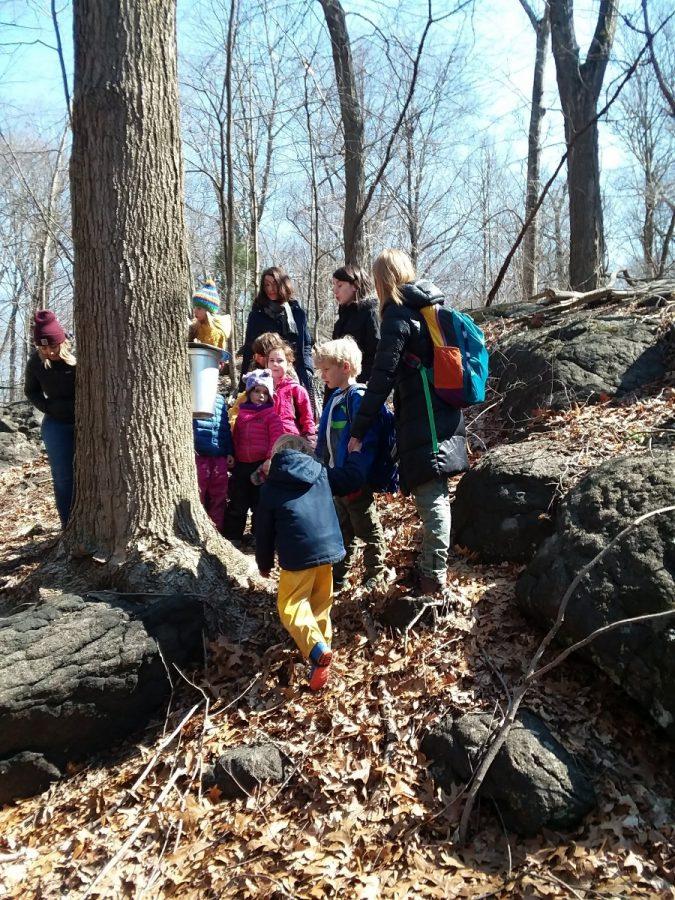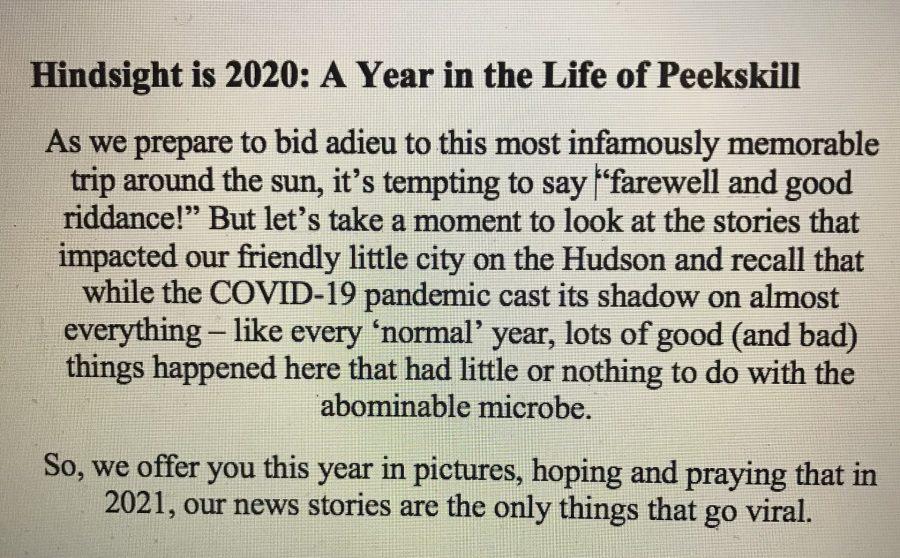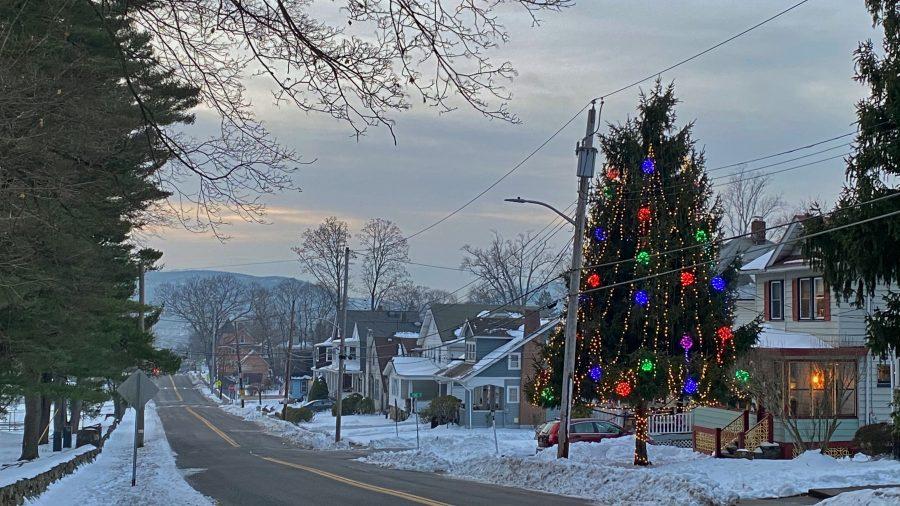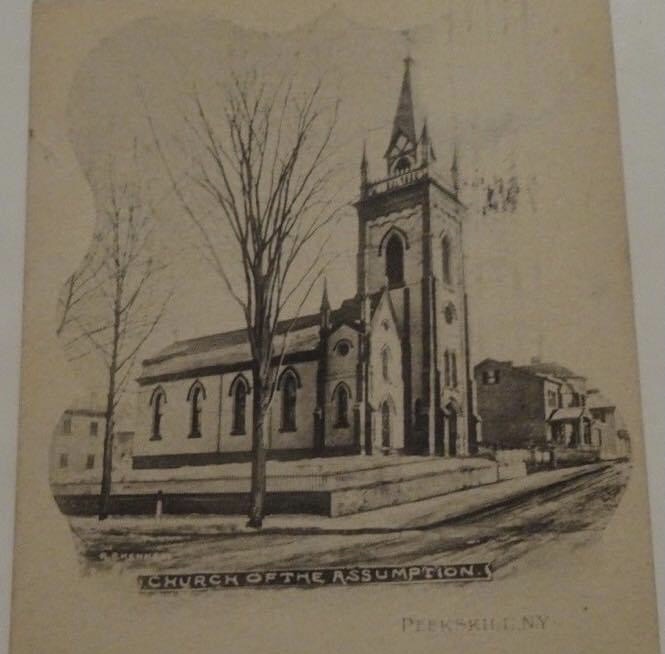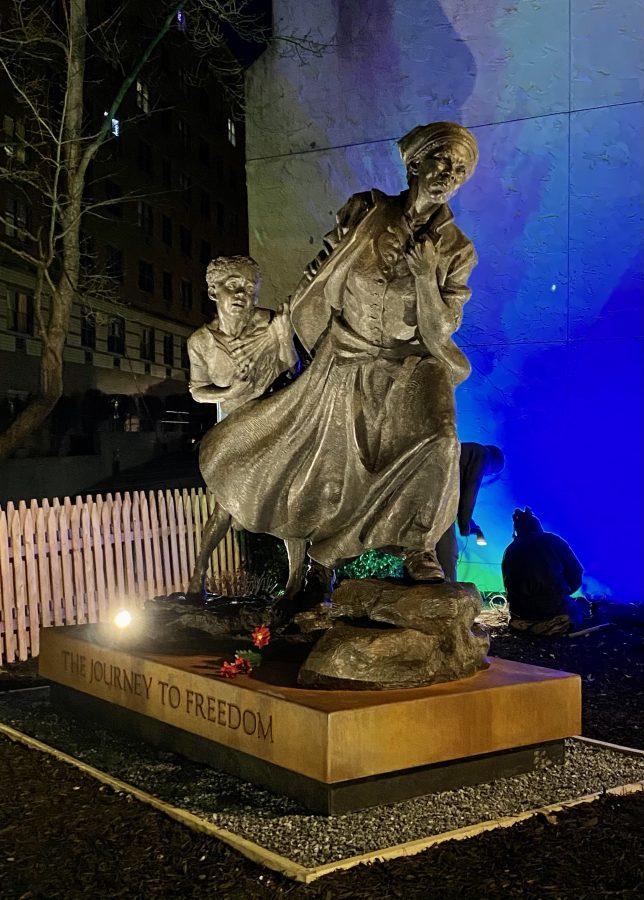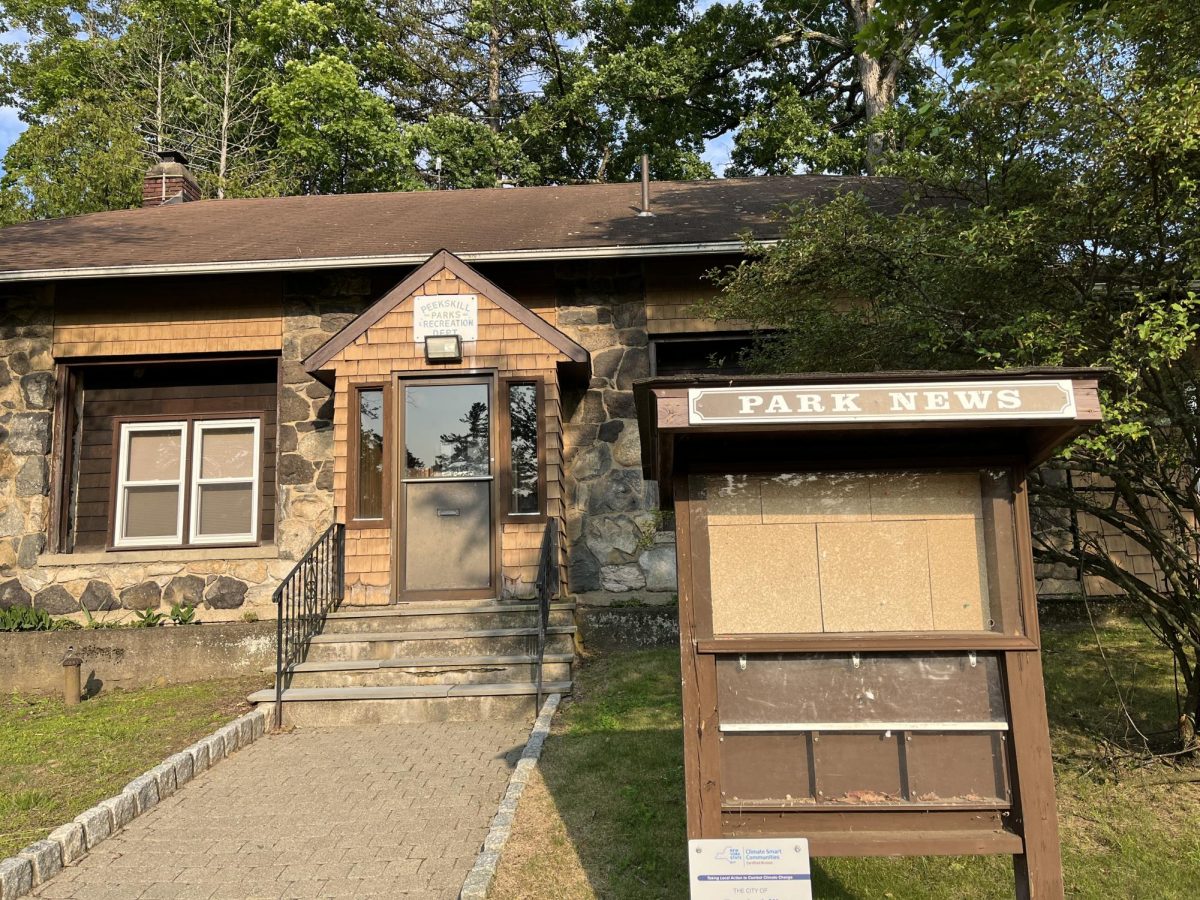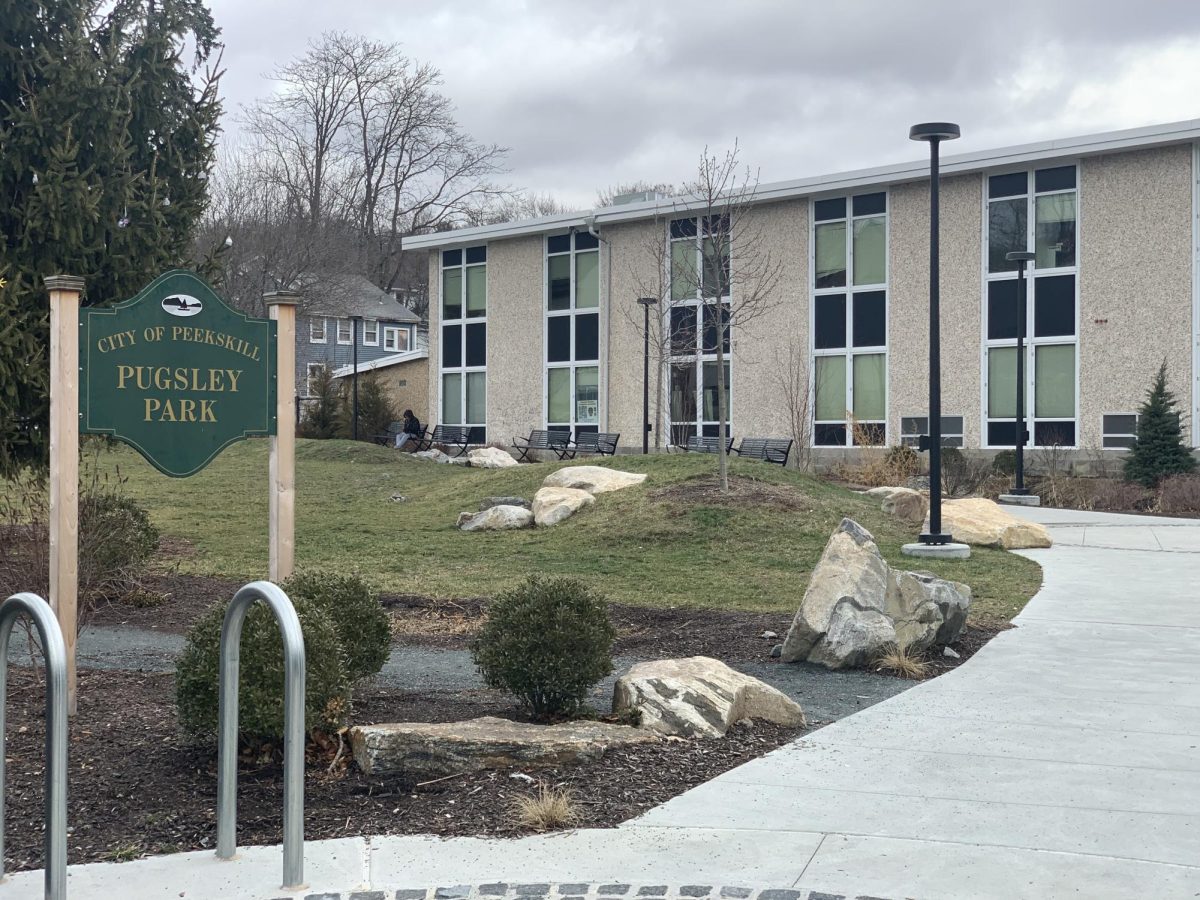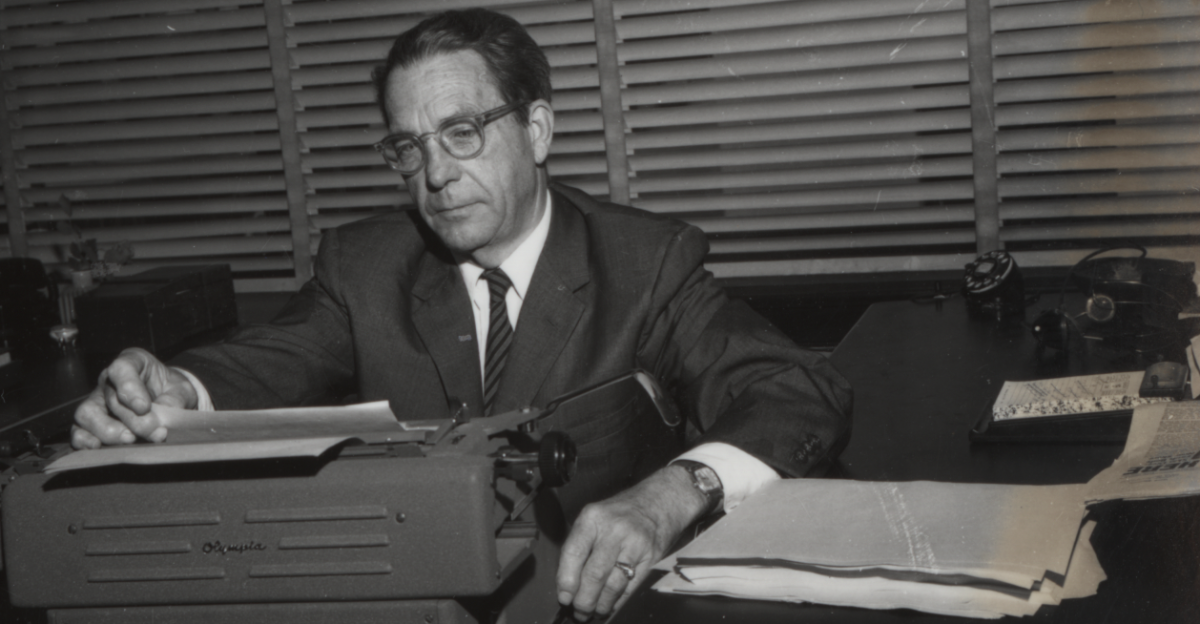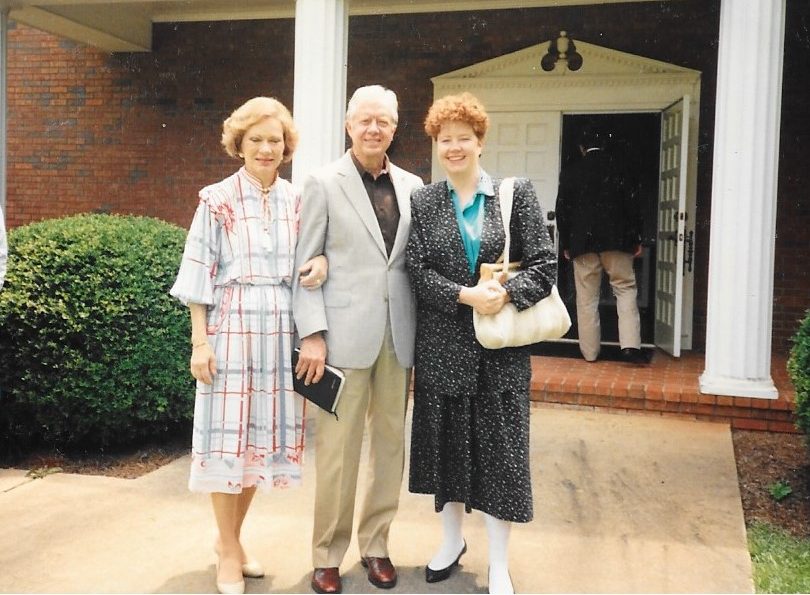The ancient ritual of spring – harvesting sap from maple trees and turning it into syrup – has returned to Depew Park. This Saturday (3/7) and next (3/14) residents can experience the collection and production process at two programs, 9 am and 11 am. Sign up through the city’s Recreation Department. https://www.cityofpeekskill.com/sites/peekskillny/files/news/winter_spring_2020_program_guide_01152020.pdf
John Neering, a Peekskill resident and environmental science teacher at a school in New York City, tapped into 8 maple trees in Depew around the Maple Sugar Shack, a building across from the basketball courts. He drilled a hole two and a half inches into the tree so he could access the xylem and phloem, similar to veins, that run from the roots to the leaves carrying sugar and water and other important nutrients.
[wpvideo uR57XbgK]
He put a tap or spile into the tree with a bucket and lid to collect the sap. He made sure to place the buckets on the trees facing south so they would get the warmth of the sun. 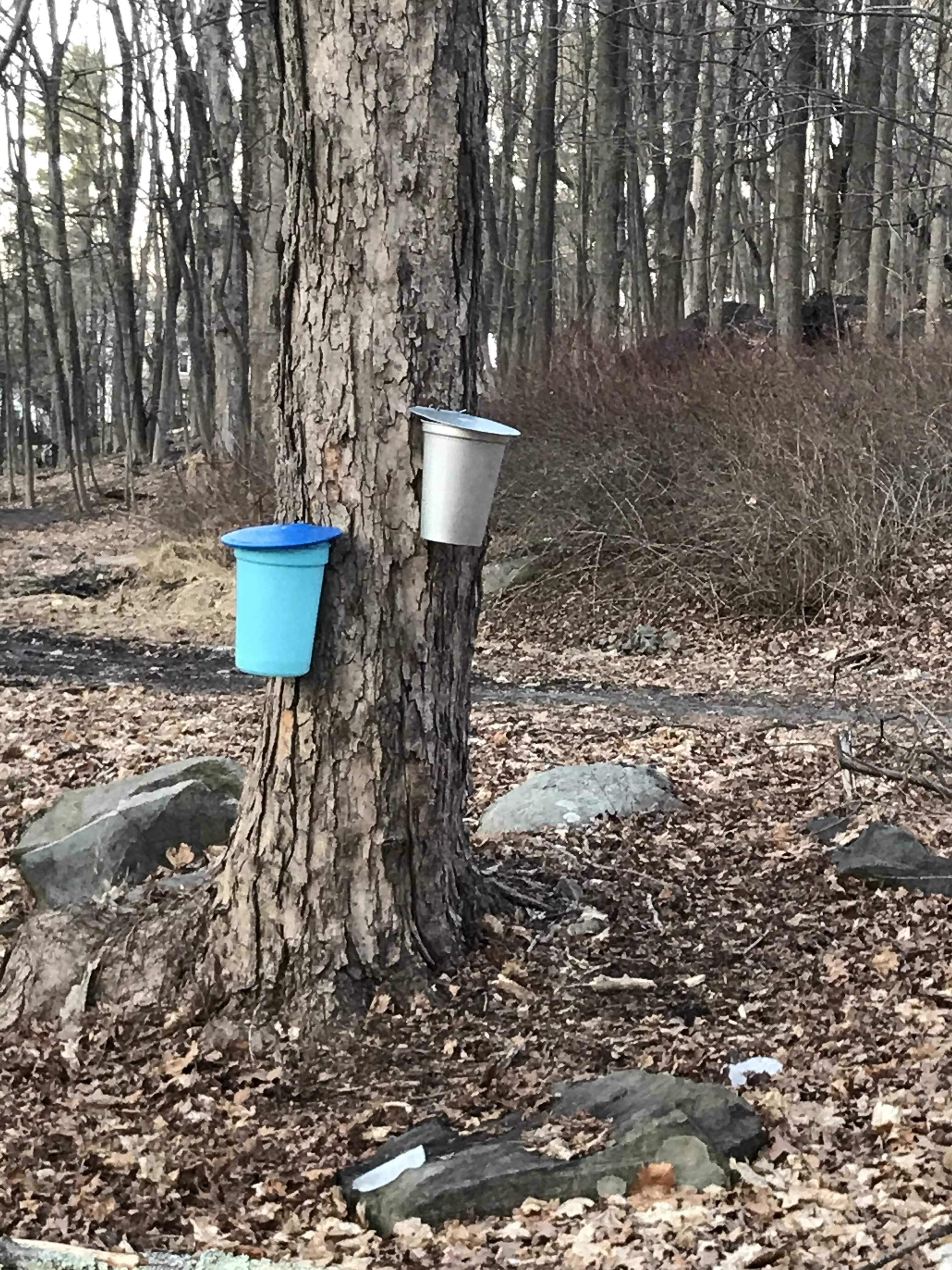 In order for sap to flow, temperatures have to be below freezing at night and above freezing during the day. This year, those conditions started three weeks ago and Neering set up the two-gallon buckets.
In order for sap to flow, temperatures have to be below freezing at night and above freezing during the day. This year, those conditions started three weeks ago and Neering set up the two-gallon buckets.
Another component of creating maple syrup involving temperature is the boiling process. After the sap has filled the bucket on the tree, it’s brought to the Maple Sugar Shack and placed on a wood fired stove. When the sap has been boiling long enough for it to be seven degrees above boiling (219 degrees) it then becomes syrup. The sap is crystal clear when it’s in the cauldron above the fire, and as the temperature rises, it turns darker and a froth starts to collect.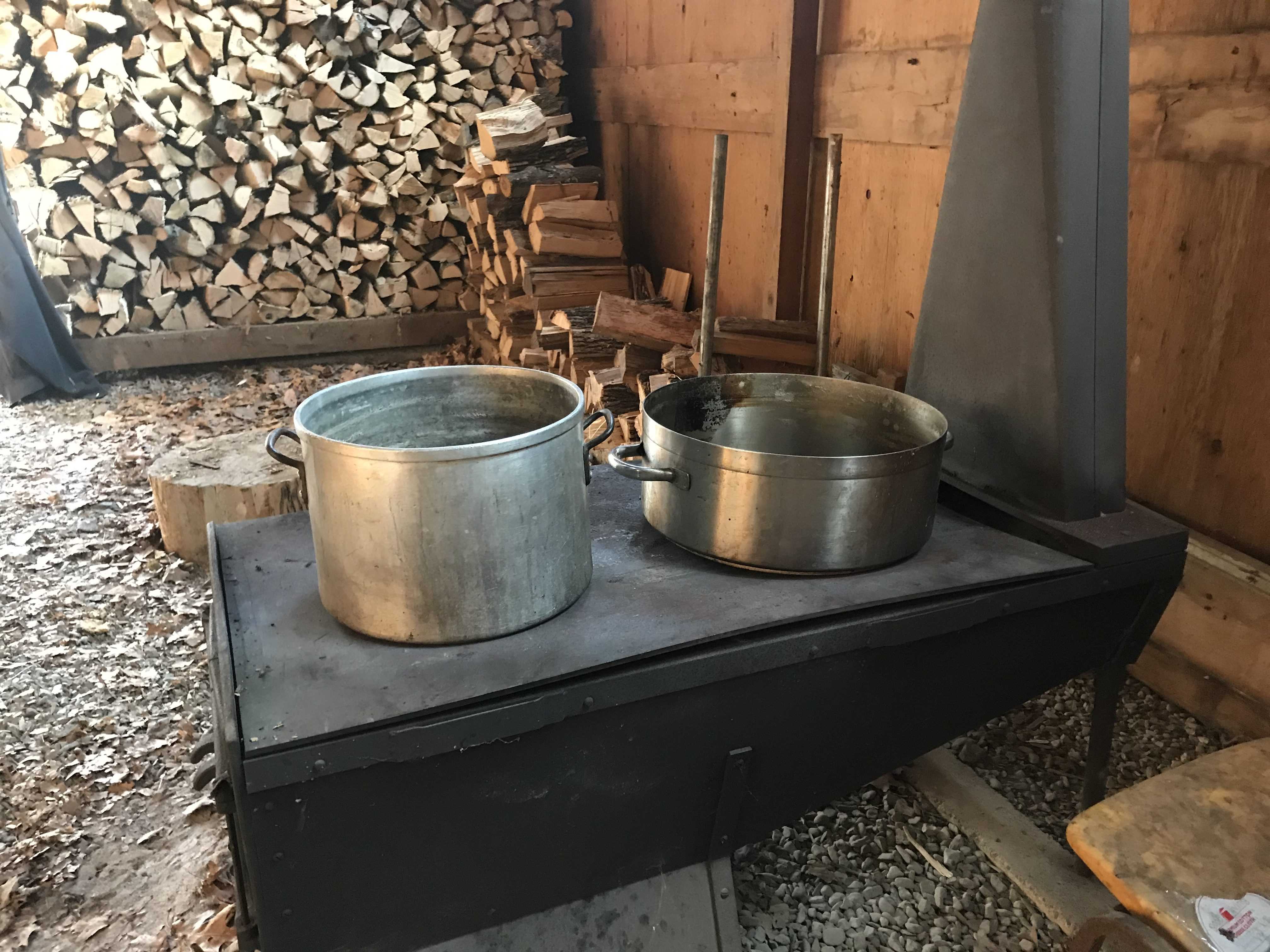 If it isn’t removed from the fire when it’s 219 degrees it turns into a paste and if it comes off earlier, it’s too watery, said Neering. It takes 40 gallons of sap to produce one gallon of syrup. “That’s why it’s so expensive, because it’s such a labor-intensive process,” he said. On sap collecting days, he’s at the park from 8:30 in the morning until 5:30 and lots of times he finishes the sap boiling process at home because it needs to be controlled with the correct temperatures.
If it isn’t removed from the fire when it’s 219 degrees it turns into a paste and if it comes off earlier, it’s too watery, said Neering. It takes 40 gallons of sap to produce one gallon of syrup. “That’s why it’s so expensive, because it’s such a labor-intensive process,” he said. On sap collecting days, he’s at the park from 8:30 in the morning until 5:30 and lots of times he finishes the sap boiling process at home because it needs to be controlled with the correct temperatures.
The Maple Sugar Shack has been in Depew Park since the 1970’s. Inside is a Grimm Stove from Rutland, Vt, and racks for firewood along with a bench. 
Park maintenance men deliver wood from trees that have come down during the winter and Neering chops them up so they fit in the stove. The image at right is of the sugar shack as it stands now. The picture below is from a Parks and Recreation photo album chronicling when it was built sometime in the 1970’s. Pictured is Dave Klotzle, a naturalist who worked in Depew Park for many years.
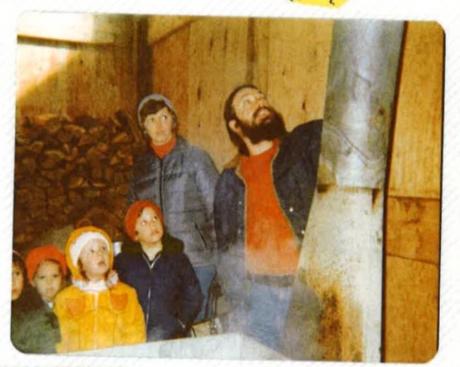
Categories:
Sap flows in Depew and turns to syrup
March 5, 2020
More to Discover


